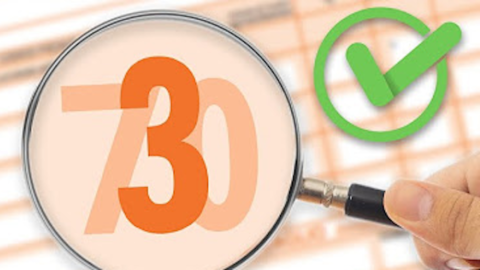Imu and Tasi are back again in 2019, but this time there's a nasty surprise. In these days, millions of Italians are called to pay the first installment of taxes on the house, which expires on 17 June. Nothing changes for the down payment: unless the real estate assets have undergone changes compared to last year, you pay exactly the same amount paid 12 months ago, i.e. half of what was due in 2018. Trouble could come with the second installment, due in December.
IN 2019 MUNICIPALITIES MAY RAISE IMU AND TAX RATES…
With the 2019 Budget Law the yellow-green government has given back to the Municipalities the possibility of raising the rates of the Imu and Tasi (as well as the surtax Irpef). Surprisingly, in fact, the latest maneuver did not contain the extension of the block on these percentages, which had been in force for some years.
Municipalities have until October 28 to establish the new Imu and Tasi 2019 rates and it is probable that many administrations will choose to raise cash by adjusting the thresholds upwards. This possibility is not granted to everyone, but only to centers where the rates are not already at the maximum level.
…BUT NOT WHERE THEY ARE ALREADY AT THE BEST, AS IN THE BIG CITIES
Yes, but what is the maximum level? The Ministry of the Economy explains on its website that "the sum of the rates of the Tasi and the Imu for each type of property must not be higher than the maximum rate allowed by state law for the Imu as at 31 December 2013", i.e. say 6 per thousand (equal to 0,6 per cent) on the main luxury home and 10,6 per thousand (= 1,06 per cent) on other properties. However, it is permitted to retain any Tasi surcharge of 0,8 per thousand (= 0,08 per cent), provided that this was introduced in 2015. In many cities, the maximum limit for the sum of the two rates thus rises to 11,4 per thousand (= 1,14 percent).
This means that in all major cities – not only Rome and Milan, but also Naples, Turin, Genoa, Florence, Bologna, Venice and Bari – Imu and Tasi will not increase in 2019, because the rates are already at the highest possible level. Elsewhere, however, a margin for inflation exists: in L'Aquila, for example, the sum of the two rates gives 10,1 per thousand (= 1,01 per cent), consequently there is room for an increase equal to 0,5 per thousand (= 0,05 percent).
IF THE RATES RISE, IN DECEMBER YOU ALSO PAY AN ADJUSTMENT
To find out if the rates you are interested in increased in 2019, you can consult the resolution of your Municipality (after 28 October) by going through the website of the Department of Finance.
In the event of an increase, the adjustment on the first must be added to the second installment. Translation: by December it will be necessary to recalculate Imu and Tasi with the new rates, subtract the sum already paid in June and pay the difference.
Without prejudice to this novelty, all the other rules on who has to pay, how the calculations are made and how Imu and Tasi are paid remain the same as we have already talked about in these three video tutorials.




